- 11 Historic Wildfires That Changed Fire Management Data Reveals - October 4, 2025
- The 1883 Krakatoa Event And Its Global Weather Effects Records Show - October 2, 2025
- How Scientists Use Climate Models To Forecast The Future - October 2, 2025
Heaviest May Rainfall on Record in India
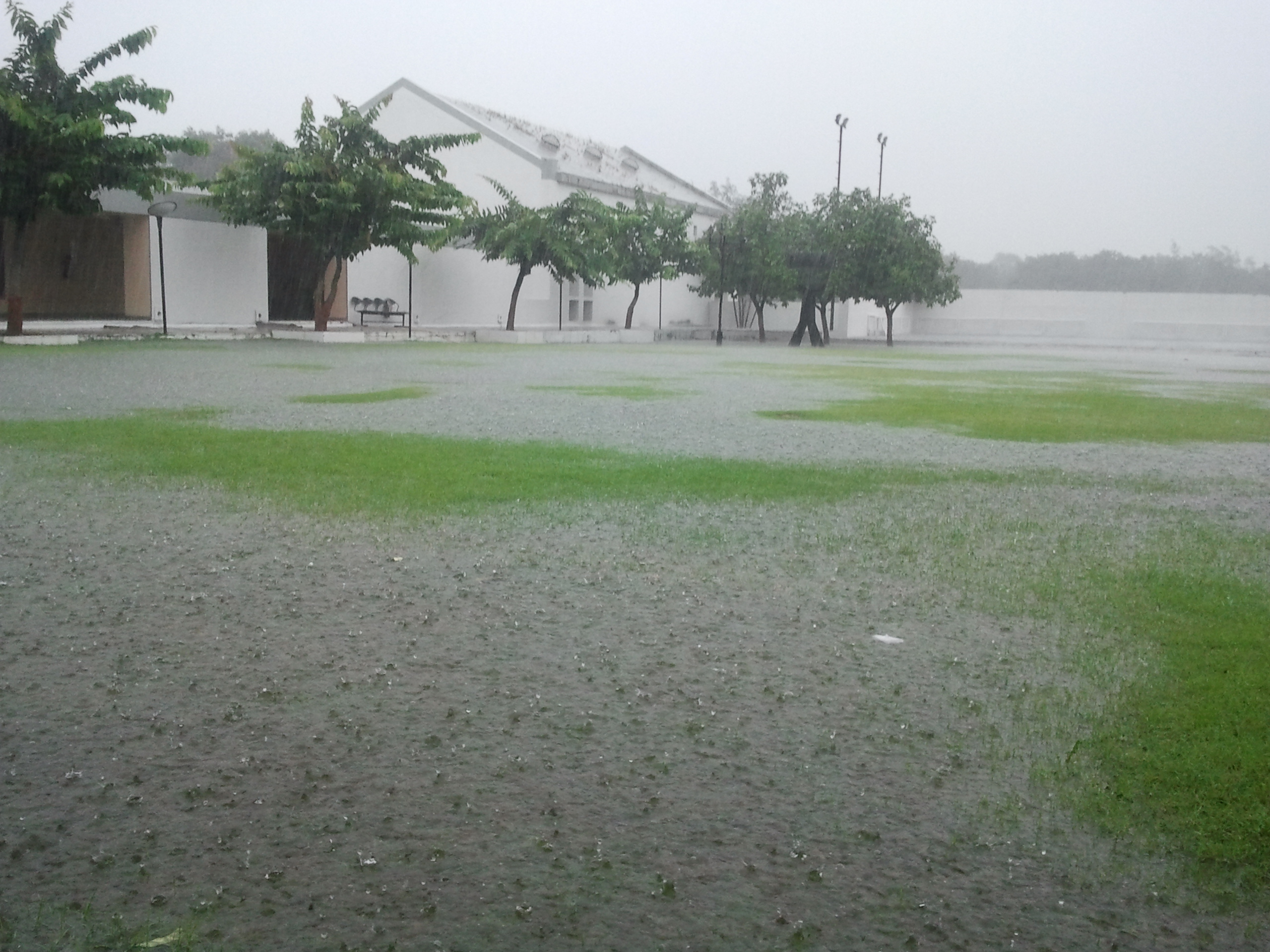
India just experienced a May unlike any other in over a century. According to the India Meteorological Department, the country recorded 126.7 millimeters of rainfall in May—more than double the usual average for this month. This marks the highest May rainfall since 1901, shocking many meteorologists and local residents alike. Streets in several major cities were flooded, and rural communities scrambled to adapt to the deluge. Farmers, who rely on predictable weather patterns, found themselves both relieved by the extra water and anxious about potential crop damage. The unexpected surge caught everyone off guard, with experts pointing to shifts in climate patterns as a possible driver. As one farmer in Maharashtra put it, “We’ve never seen a May like this in our lifetimes.”
Monsoon Delays Disrupt Indian Agriculture
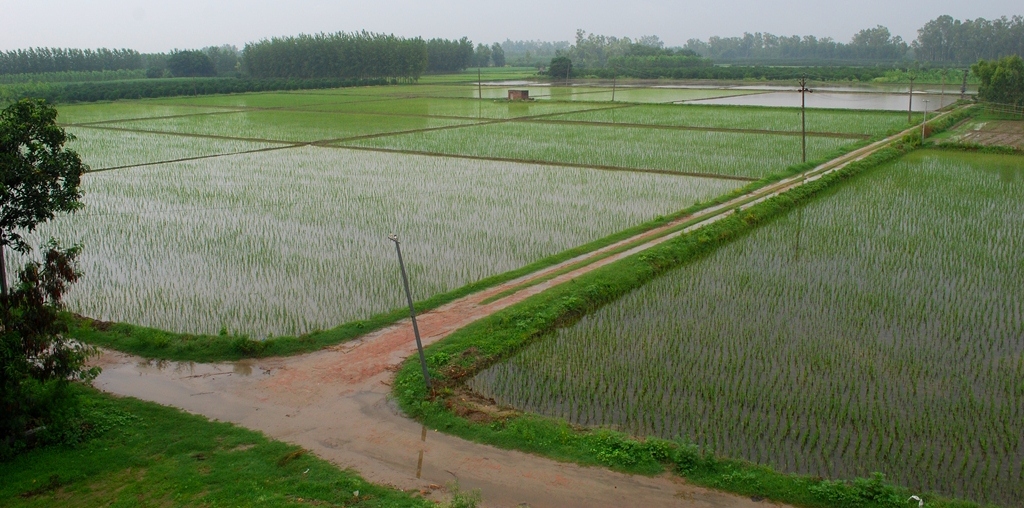
The 2025 monsoon season in India started off with promise but quickly hit an unusual pause. After an early onset on May 24, the seasonal rains stalled, with forecasts predicting a resumption only around June 11. This interruption has sent ripples through the agricultural sector, where timing is everything. Farmers who rely on the monsoon to plant rice and other staple crops have been left waiting, uncertain when the next downpour will come. Grain markets are watching anxiously, as planting delays can lead to lower harvests and higher food prices. Meteorologists say this stop-and-start pattern is becoming more common as global weather systems grow less predictable. The mood in rural villages is tense, with many families recalculating their planting strategies on the fly.
Northeast India Faces Below-Average Monsoon Outlook
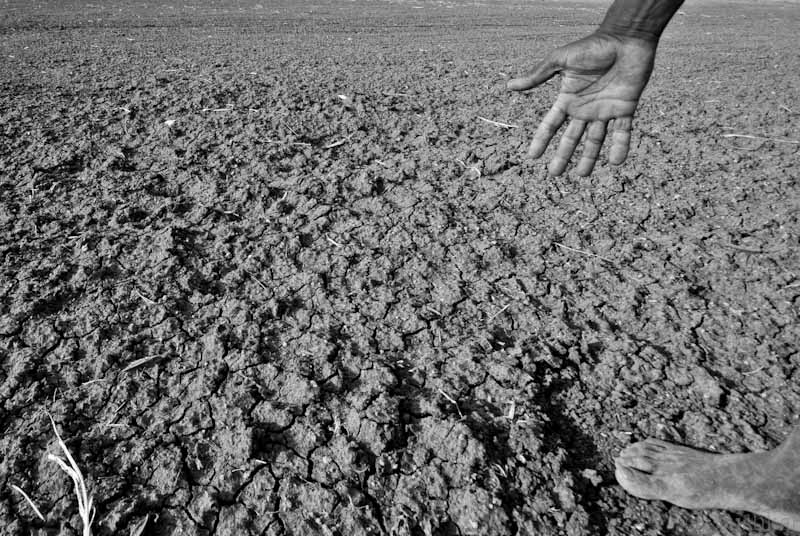
While some parts of India are drenched, the northeast is bracing for a drier season. Official forecasts suggest this region will receive about 94% of its usual rainfall between June and September, with certain states set to experience even greater deficits. This shortfall could spell trouble for states like Assam and Meghalaya, where rivers and fields rely on steady monsoon rains. Hydroelectric power generation, which depends on river flow, is also at risk. Local governments are already urging residents to conserve water and brace for possible shortages. Experts from India’s meteorological services warn that below-average rainfall could mean longer-term drought concerns for the northeast. The region’s tea growers, in particular, are watching the skies nervously, as their livelihoods depend on consistent rain.
United States Winter Sees Widespread Dryness
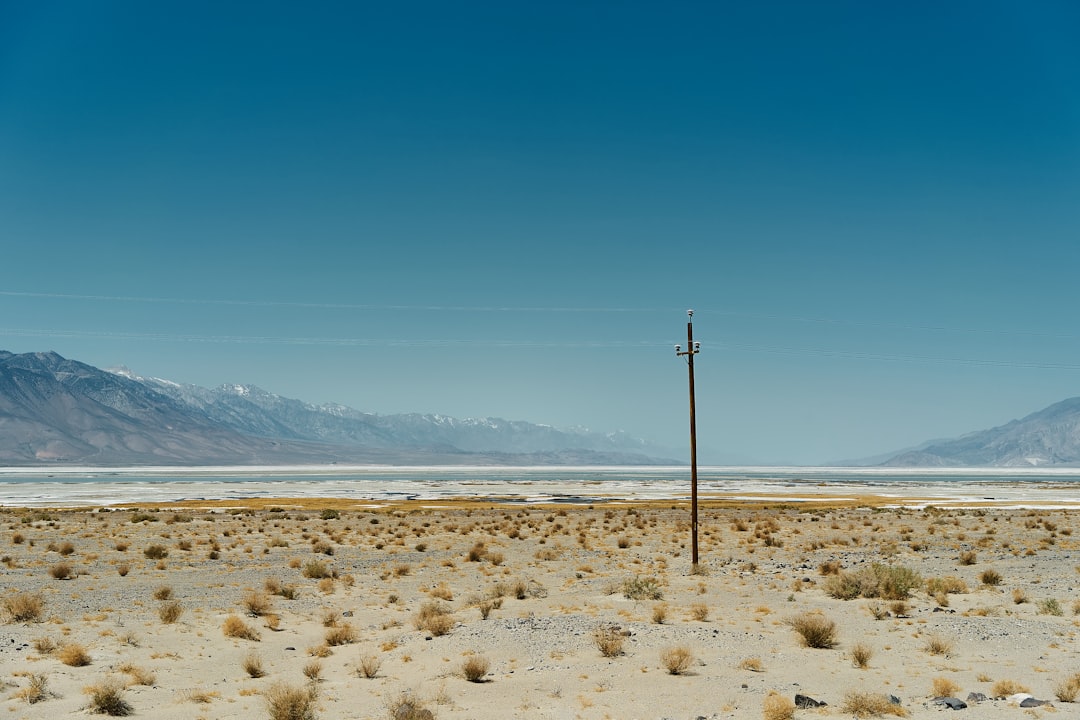
Across the United States, the winter months brought less rain and snow than usual. Data from the National Centers for Environmental Information show that precipitation averaged just 5.87 inches, nearly an inch below the long-term average. This placed the winter among the driest third on record for the contiguous U.S. Water managers and farmers in many states expressed concern, as snowpack and reservoir levels failed to recover from previous dry years. In places like California and Nevada, anxiety about water restrictions grew as rivers and lakes receded. The lack of winter moisture also raised the risk of wildfires heading into summer. While some communities coped by tapping groundwater or imposing conservation measures, the broader trend left many Americans uneasy.
Northwest U.S. Gets Wet, Southwest Stays Parched
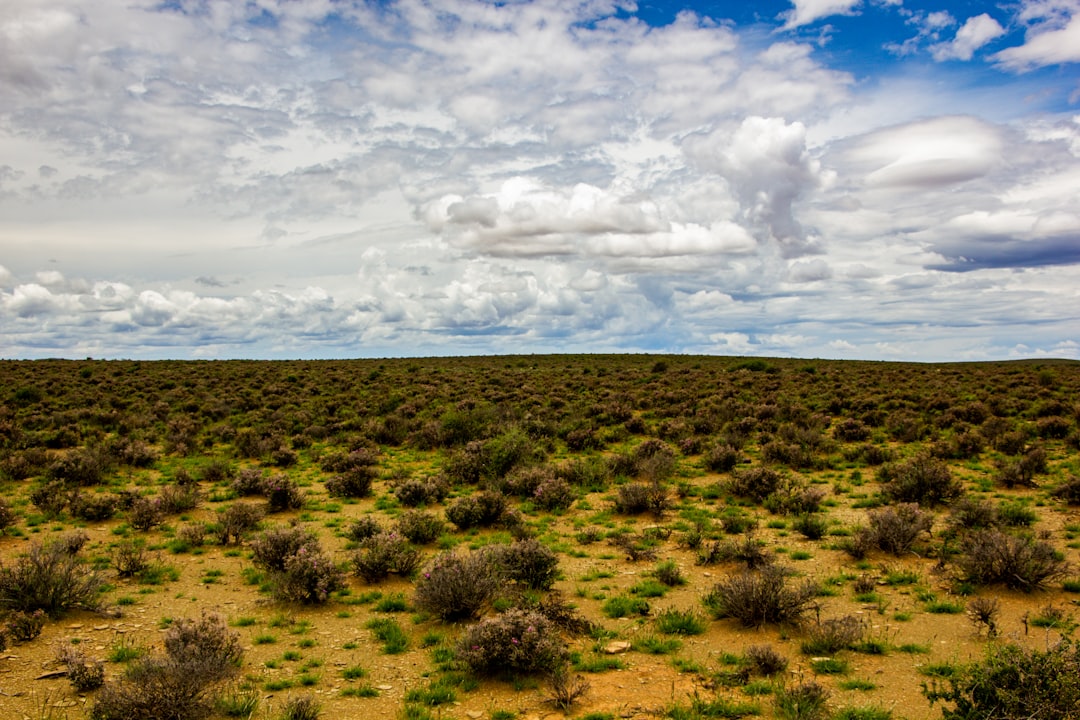
Weather patterns in the United States have drawn a sharp line between the haves and have-nots of rainfall. The Northwest, including Washington and Oregon, saw above-average precipitation this winter, helping to fill reservoirs and green up pastures. Meanwhile, the Southwest remained stubbornly dry, with states like Arizona and New Mexico receiving far less than they need. The central Mississippi Valley also benefitted from wetter conditions, giving a boost to farmers there. Experts say that shifting jet streams and ocean currents are steering storms away from the Southwest, creating sharp regional contrasts. Residents in the Northwest expressed relief, while those in the Southwest are doubling down on drought-resistant landscaping and water-saving habits. The patchwork of wet and dry has become a defining feature of recent American winters.
Brisbane’s Soaked Autumn Sets New Records
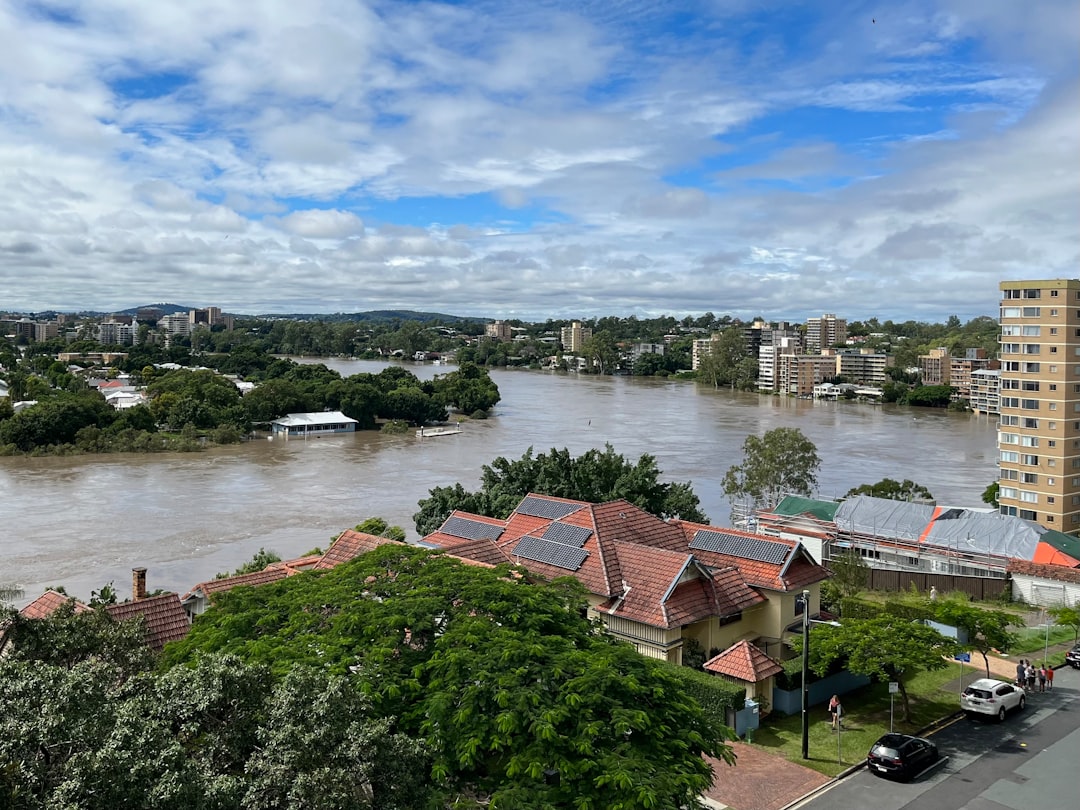
Greater Brisbane, Australia, just lived through an autumn that will go down in the history books. Between March and May, the city received a staggering 945.6 millimeters of rain—almost three times the seasonal average. Streets in many neighborhoods turned into rivers, and local authorities declared flood emergencies more than once. Despite the chaos, meteorologists say there’s a 55% chance that above-median rainfall will continue into the winter months. Some residents welcomed the deluge, as it helped refill dams and green up parched gardens. Others, especially those in low-lying areas, worried about repeated flooding and costly repairs. The city’s experience is a stark reminder of how unpredictable rainfall can be, even in places used to heavy weather.
Arctic Rainfall Continues Its Dramatic Rise
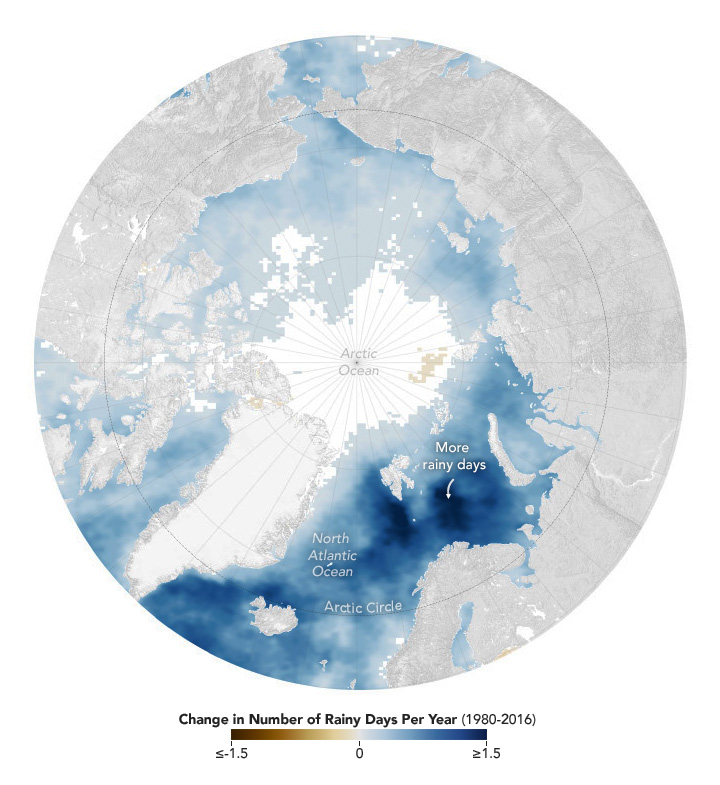
The Arctic is not just about snow anymore. Over the past several decades, and continuing into 2024, the region has seen a steady increase in annual precipitation—including both snow and rain. Winter months in particular have grown wetter, upending traditional expectations of the polar environment. Scientists say warmer air can hold more moisture, leading to heavier precipitation events. This shift has profound implications for Arctic communities, wildlife, and even global climate patterns. Thawing permafrost, fueled by increased rainfall, threatens infrastructure and releases greenhouse gases. For people living in the far north, the transformation is both surprising and unsettling—“It’s not the Arctic I remember growing up,” one Inuit elder remarked in a recent interview.
California’s Ongoing Battle with Drought
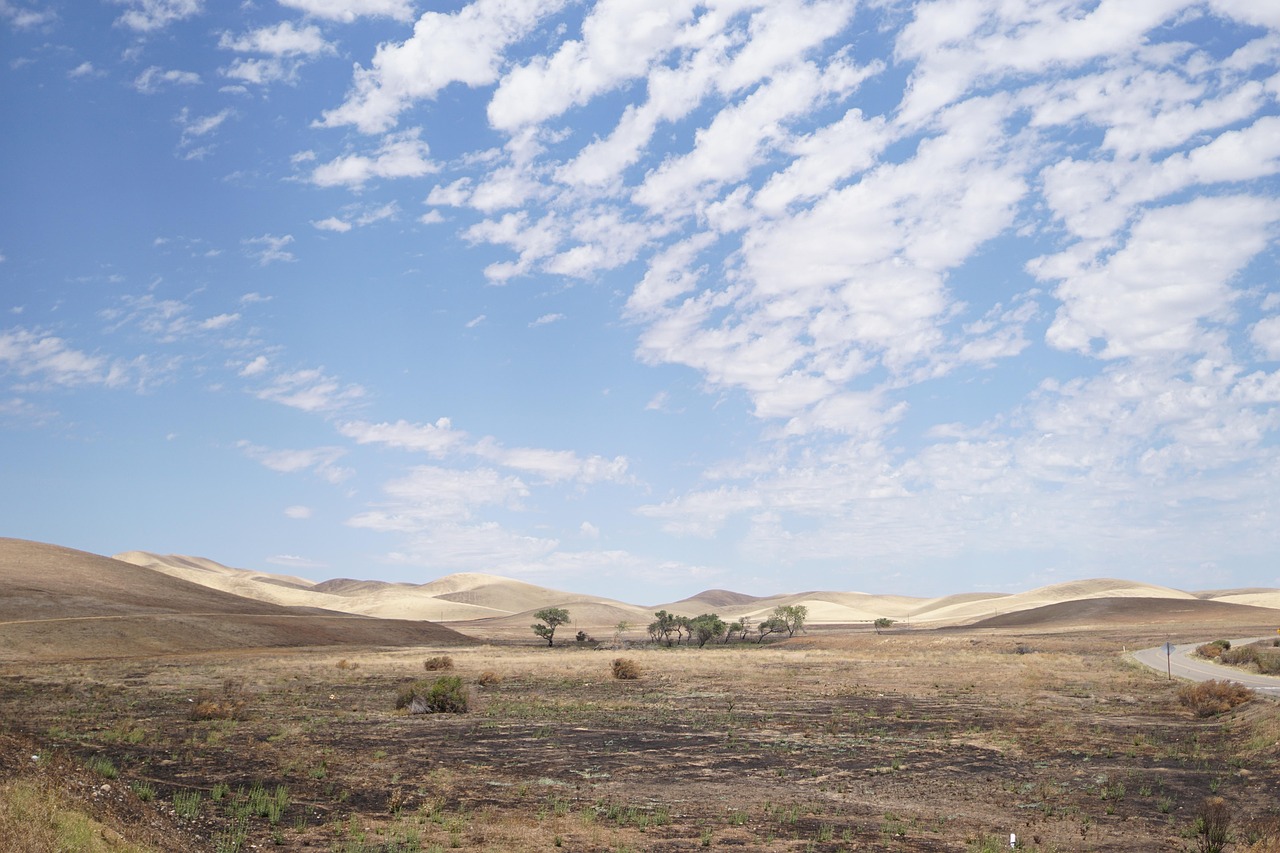
California’s relationship with rain remains as fraught as ever. Despite some wet spells in the north, much of the state’s south and central regions continue to grapple with significant rainfall deficits. Reservoirs sit below historic averages, and state officials have kept many water restrictions in place. Farmers in the Central Valley face tough choices about what crops to plant, as uncertainty about water deliveries persists. The lack of precipitation has also heightened wildfire risks, with dry grasses and shrubs acting as tinder. Residents in Los Angeles and San Diego are urged to limit outdoor watering and adopt drought-friendly landscaping. Many Californians feel caught in a cycle of hope and anxiety, waiting for the next big storm that might finally break the drought.
Europe’s Mixed Bag: Floods in the South, Dryness in the North
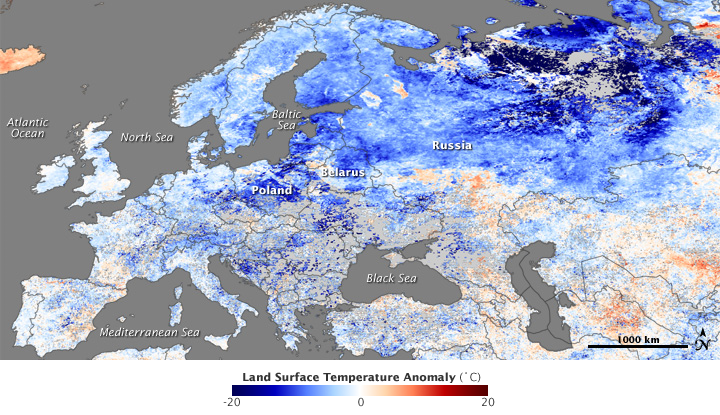
Recent months have brought a tale of two Europes when it comes to rainfall. Southern countries like Italy and Greece have faced repeated flooding, with streets and farmlands inundated after intense storms. Meanwhile, parts of northern Europe—including Scandinavia and Germany—have reported below-average rainfall, raising concerns about crop yields and river navigation. The contrast has disrupted travel, agriculture, and even electricity generation in hydropower-dependent regions. Meteorologists suggest that shifting weather systems, potentially linked to changes in the jet stream, are making Europe’s rainfall patterns less predictable. Local news outlets have featured dramatic images of flooded piazzas in Rome and parched fields in Denmark. The sense that “weather just isn’t what it used to be” is felt from Lisbon to Helsinki.
Extreme Rainfall’s Ripple Effects on Global Food Security
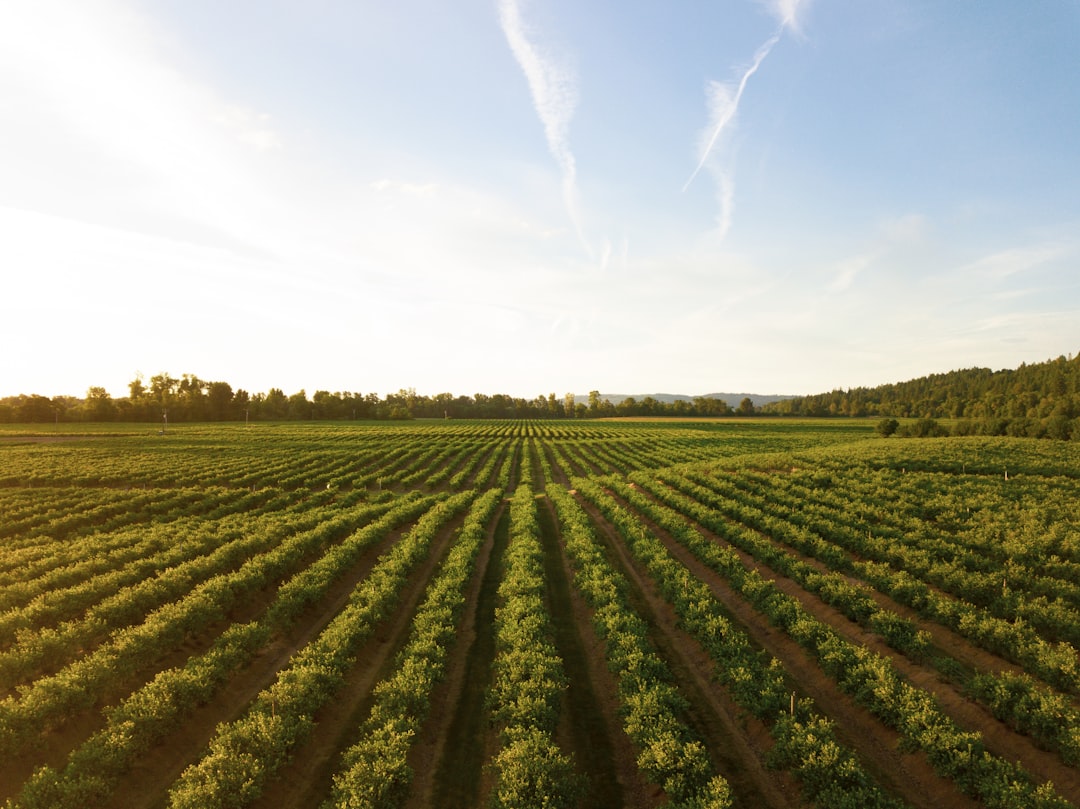
Unpredictable rainfall is shaking up the world’s food systems in ways that are both immediate and far-reaching. In India, delayed or erratic monsoons threaten rice and wheat harvests, raising fears of higher prices at home and abroad. Drought in the U.S. Southwest and dry spells in northern Europe put additional pressure on global grain markets. At the same time, too much rain—like Brisbane’s autumn deluge—can damage crops, wash away soil, and disrupt supply chains. The United Nations has warned that climate-driven shifts in rainfall are a growing risk to food security, especially for the most vulnerable populations. Experts say that adapting to these changes will require everything from new crop varieties to smarter water management. The world is watching the skies, hoping for just the right amount of rain—but not too much.

